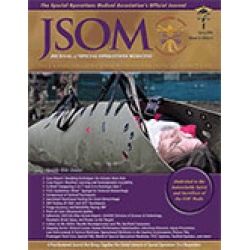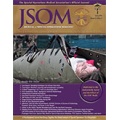Injuries And Footwear (Part 2): Minimalist Running Shoes
Knapik JJ, Orr R, Pope R, Grier T 16(1). 89 - 96 (Journal Article)
This article defines minimalist running shoes and examines physiological, biomechanical, and injury rate differences when running in conventional versus minimalist running shoes. A minimalist shoe is one that provides "minimal interference with the natural movement of the foot, because of its high flexibility, low heel to toe drop, weight and stack height, and the absence of motion control and stability devices." Most studies indicate that running in minimalist shoes results in a lower physiological energy cost than running in conventional shoes, likely because of the lower weight of the minimalist shoe. Most individuals running in conventional shoes impact the ground heel first (rearfoot strike pattern), whereas most people running in minimalist shoes tend to strike with the front of the foot (forefoot strike pattern). The rate at which force is developed on ground impact (i.e., the loading rate) is generally higher when running in conventional versus minimalist shoes. Findings from studies that have looked at associations between injuries and foot strike patterns or injuries and loading rates are conflicting, so it is not clear if these factors influence injury rates; more research is needed. Better-designed prospective studies indicate that bone stress injuries and the overall injury incidence are higher in minimalist shoes during the early weeks (10-12 weeks) of transition to this type of footwear. Longer-term studies are needed to define injury rates once runners are fully transitioned to minimalist shoes. At least one longer-term minimalist-shoe investigation is ongoing and, hopefully, will be published soon.


 English
English 




